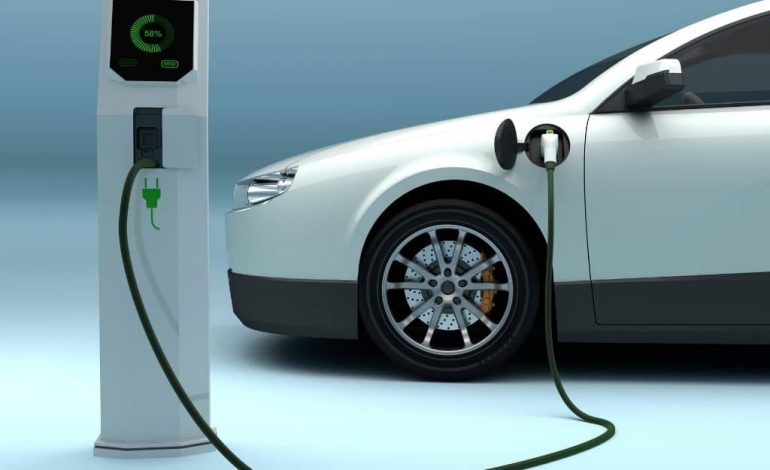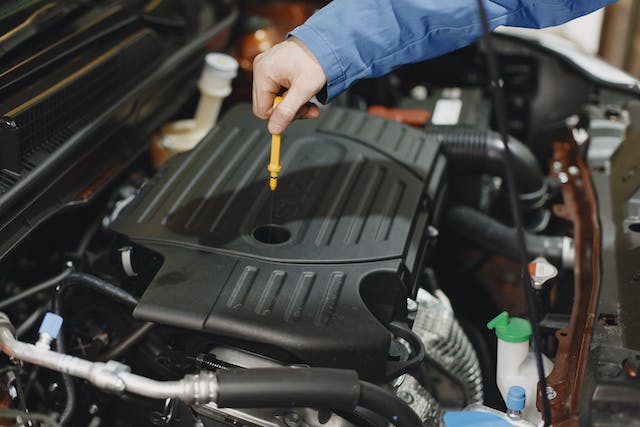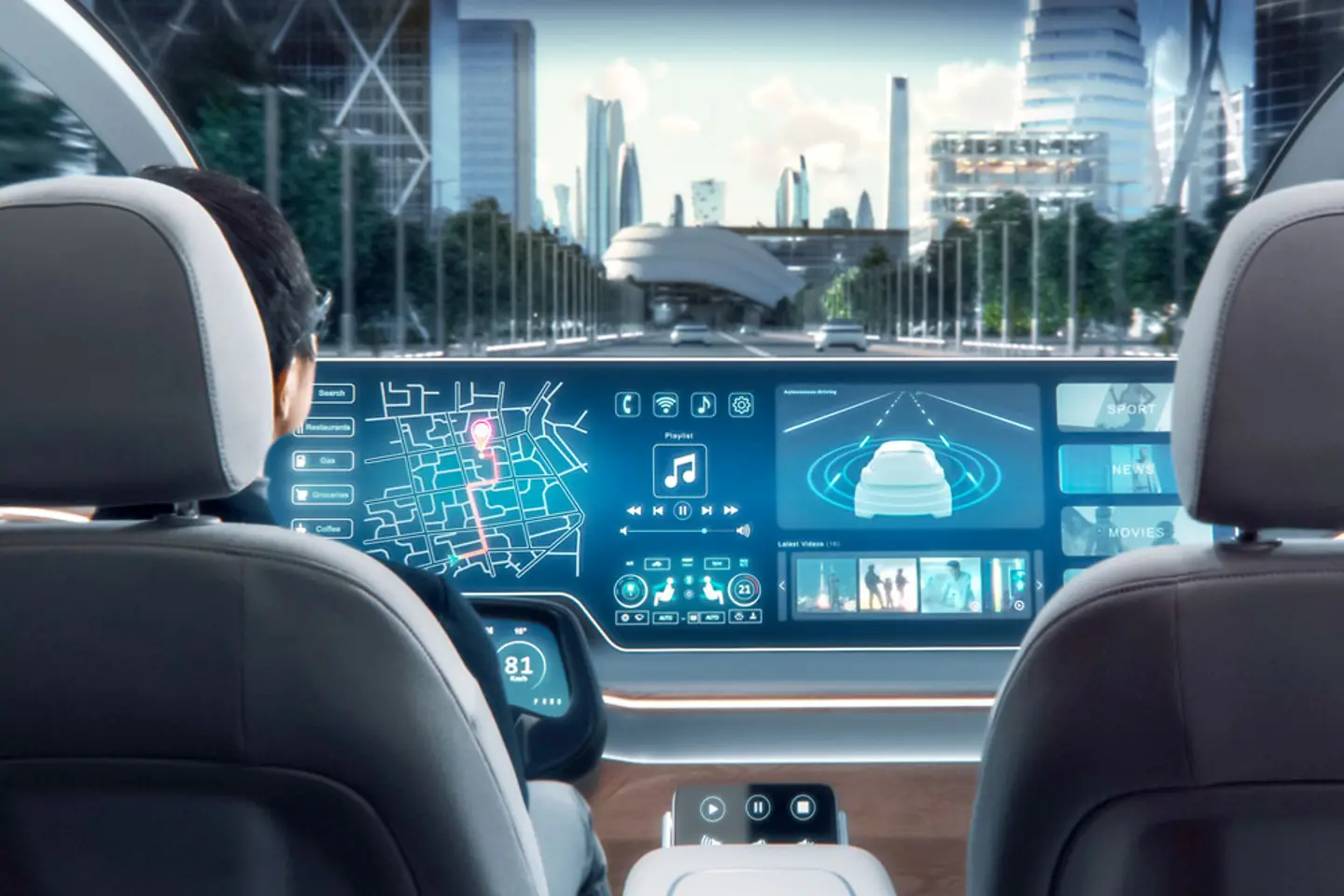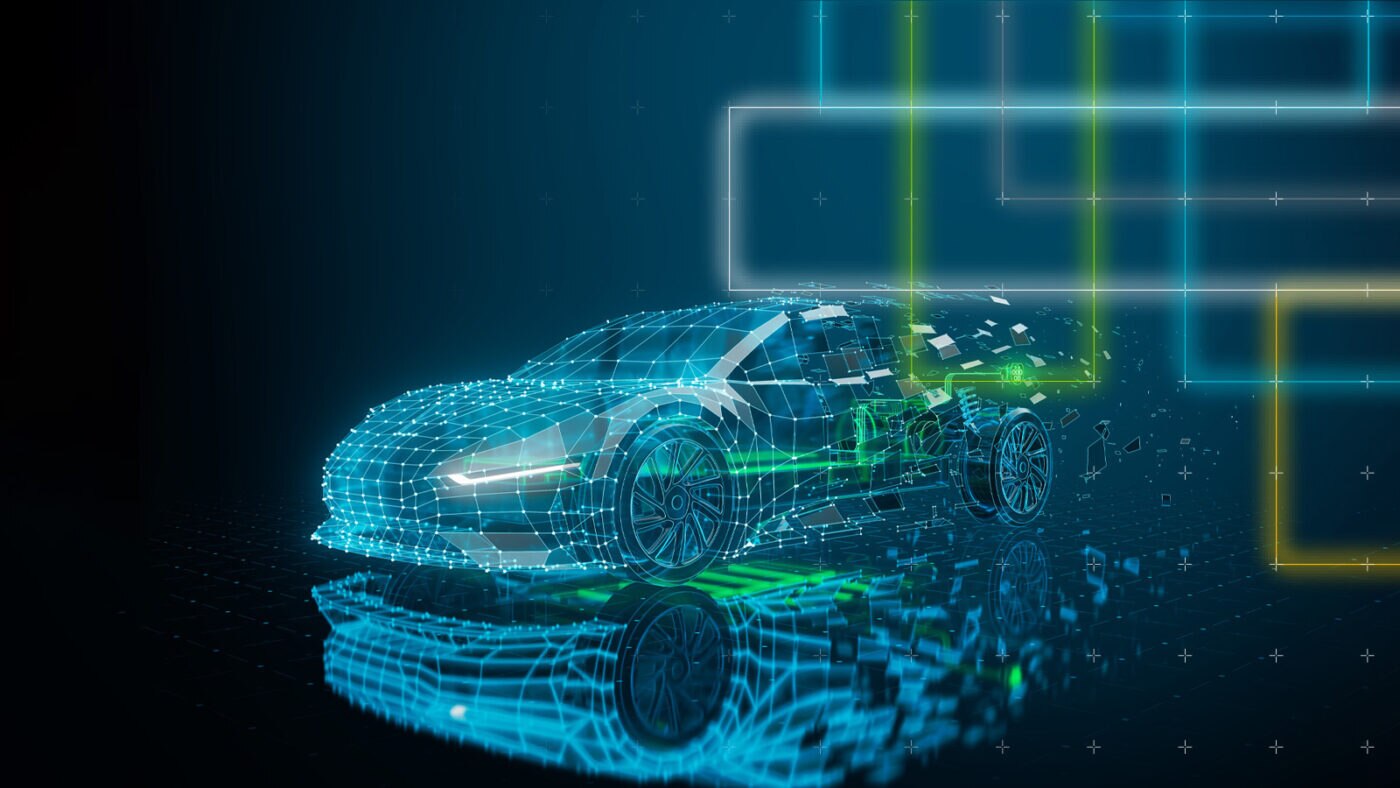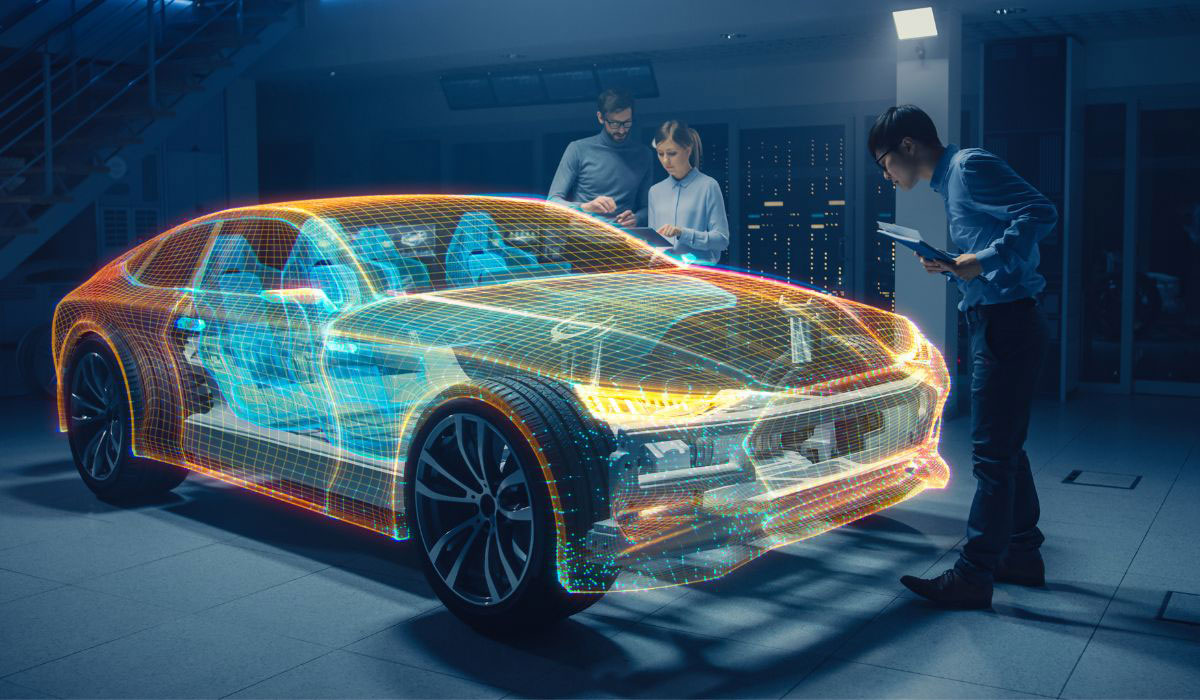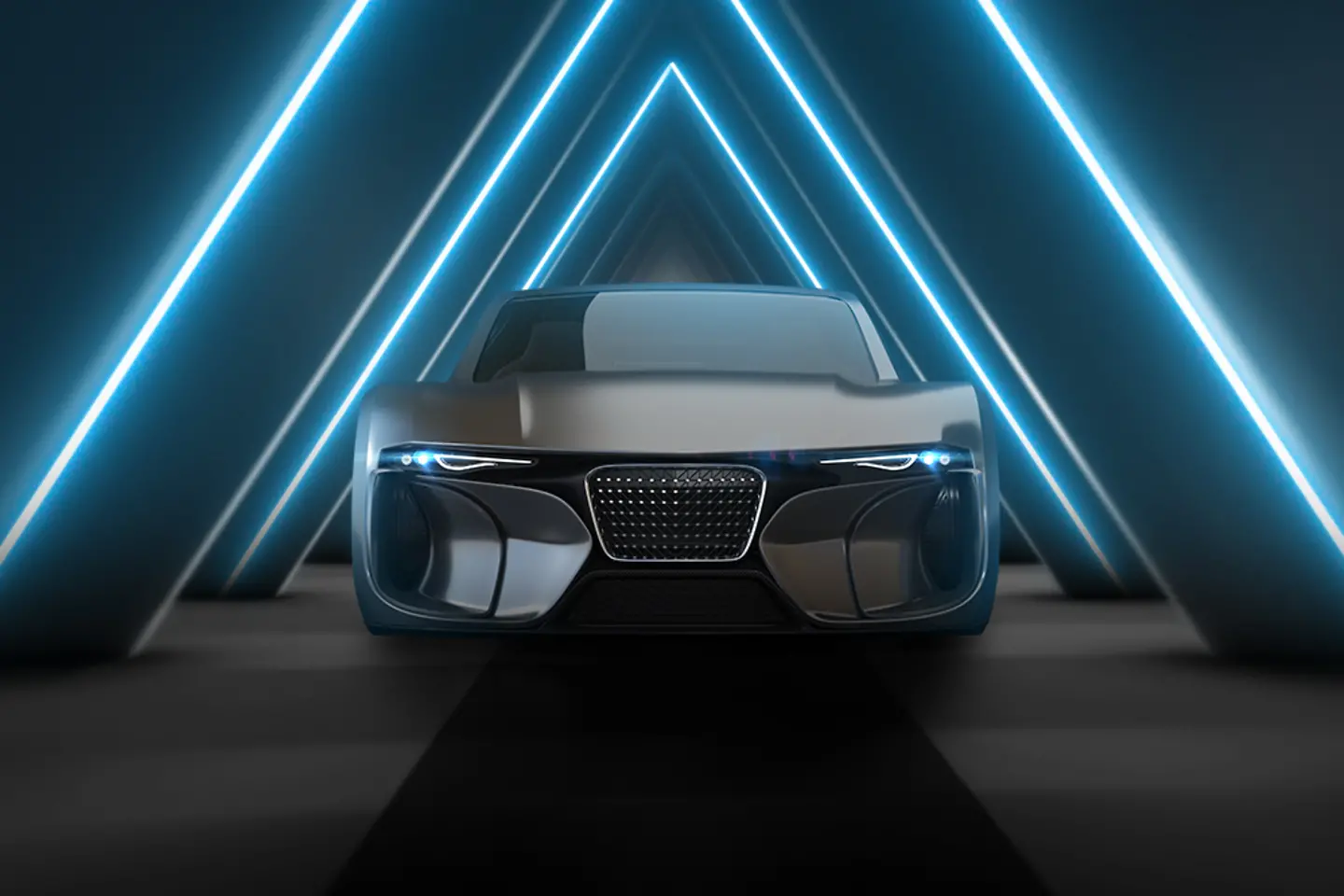The Future of Cars: How Technology Is Transforming the Automotive Industry
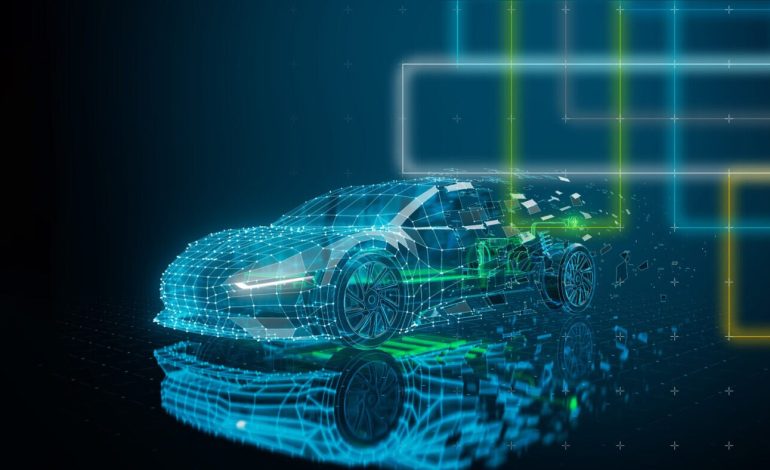
The automotive industry is in the middle of a historic transformation. Once dominated by horsepower, combustion engines, and steel, today’s car market is being reshaped by technology, sustainability, connectivity, and automation. The future of cars is no longer just about getting from point A to point B—it’s about how we move, how we interact with our vehicles, and how our cars interact with the world around them.
From electric powertrains to self-driving capabilities and smart connectivity, the cars of the future are redefining what it means to drive. In this article, we’ll explore how technology is transforming the automotive landscape—and what that means for consumers, manufacturers, and the planet.
Electric Vehicles (EVs): The Shift Toward Clean Power
One of the most significant shifts in recent automotive history is the rise of electric vehicles (EVs). While EVs have existed in various forms for over a century, it’s only in the past decade that they’ve become viable mainstream options.
Why EVs Are Gaining Momentum
-
Environmental Concerns: As climate change becomes more urgent, countries are pushing to reduce emissions. EVs offer a cleaner alternative to gasoline-powered cars by producing zero tailpipe emissions.
-
Government Incentives: Tax credits, rebates, and subsidies in the U.S., Europe, and Asia are making EVs more affordable for consumers.
-
Technological Advances: Battery range, charging speed, and overall efficiency have improved dramatically. Modern EVs can now travel 300+ miles on a single charge, with ultra-fast charging networks being built globally.
-
Corporate Commitments: Automakers like Ford, GM, Volvo, and Volkswagen are investing billions into EV production and committing to all-electric lineups within the next two decades.
What This Means for Drivers
EVs are changing the ownership experience. With fewer moving parts, EVs require less maintenance. They’re also quieter, smoother, and often faster off the line due to instant torque delivery. As charging infrastructure expands, range anxiety—a common concern—is rapidly declining.
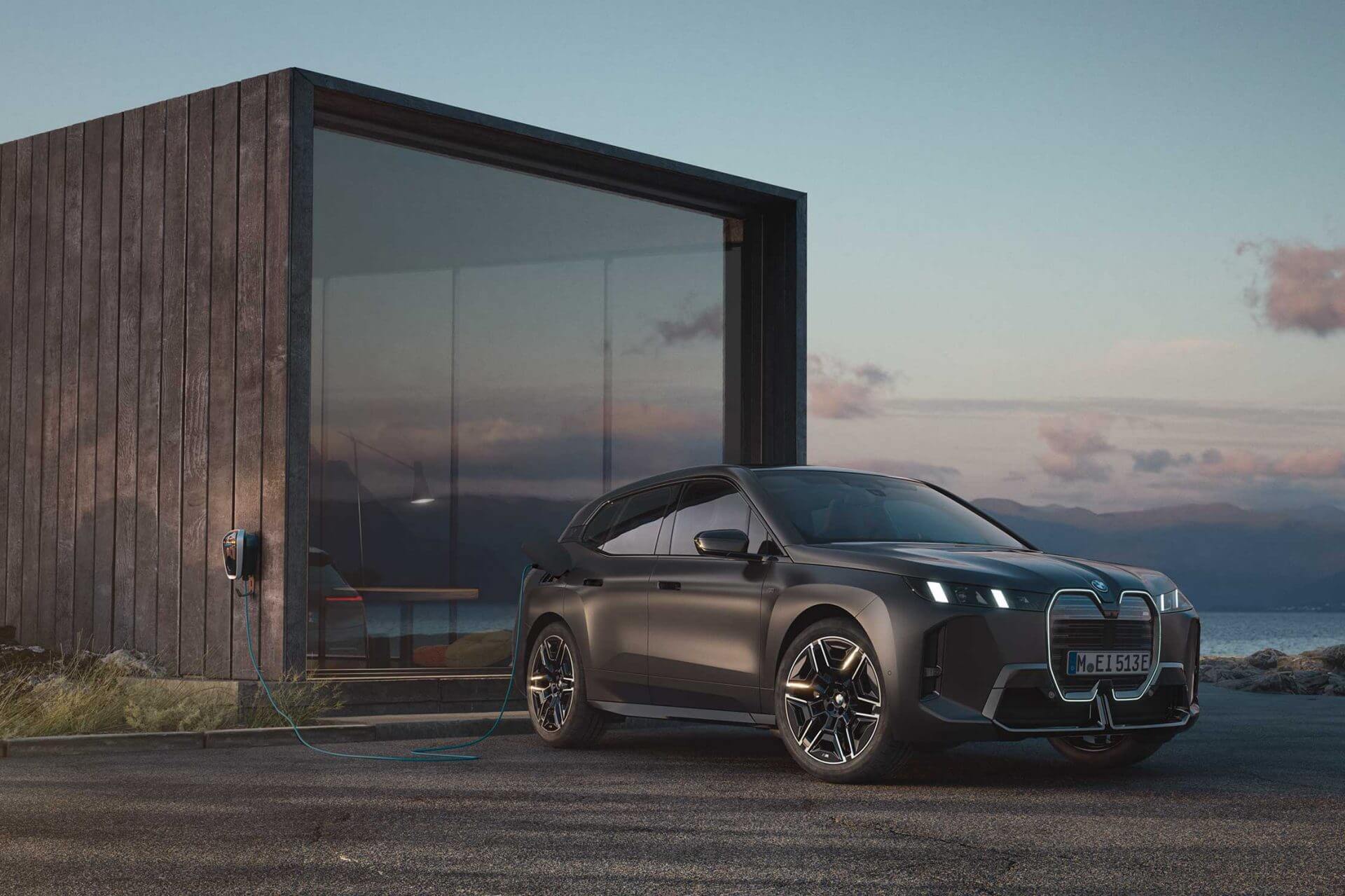
Autonomous Vehicles: The Road to Self-Driving Cars
Autonomous vehicles (AVs), or self-driving cars, are another major technological frontier. While we’re not yet in a world where all cars drive themselves, partial autonomy is already here—and full autonomy is fast approaching.
Levels of Autonomy (SAE Defined)
-
Level 0: No automation
-
Level 1–2: Driver assistance (e.g., lane-keeping, adaptive cruise control)
-
Level 3–4: Conditional or high-level automation in some environments
-
Level 5: Full automation in all conditions
Companies like Tesla, Waymo (Google), Cruise (GM), and Apple are racing to perfect self-driving technologies. Many vehicles today come with advanced driver-assistance systems (ADAS), which include features like automatic braking, lane-keeping, and parking assist.
The Benefits and Challenges
Self-driving cars promise safer roads by eliminating human error, which causes over 90% of accidents. They could also ease traffic congestion, reduce fuel use, and give people back hours of commuting time.
However, the road to autonomy isn’t without obstacles. Legal frameworks, ethical dilemmas, cybersecurity threats, and technological limitations all remain significant hurdles.
Connected Cars: Smarter Driving Through Data
Today’s vehicles are more connected than ever. Thanks to the Internet of Things (IoT), modern cars can communicate with smartphones, cloud servers, other vehicles, and even infrastructure like traffic lights or charging stations.
Key Features of Connected Cars
-
Over-the-air (OTA) Updates: Software can be updated remotely, improving functionality or fixing bugs.
-
Real-Time Navigation: Traffic data, route suggestions, and hazard alerts in real time.
-
Infotainment Systems: Seamless integration with apps like Spotify, Google Maps, or voice assistants.
-
Telematics: Vehicles send performance and usage data back to manufacturers, aiding diagnostics and maintenance.
The Consumer Advantage
Connected cars provide a more convenient, safer, and personalized driving experience. Drivers can pre-condition cabins, locate their vehicles via GPS, receive maintenance reminders, and even unlock doors using their smartphones.
Sustainability and Materials Innovation
Beyond electrification, sustainability is influencing how cars are made. Automakers are now rethinking everything from production methods to the materials used in interior design.
Eco-Friendly Materials
-
Recycled plastics and bio-based composites are replacing traditional plastics and leathers.
-
Some manufacturers use vegan leather, cork, and even pineapple fibers as sustainable interior materials.
-
3D printing is being explored to reduce waste during manufacturing.
Greener Factories
Major carmakers are committing to carbon-neutral manufacturing. Tesla’s Gigafactories, BMW’s Leipzig plant, and Ford’s Rouge Electric Vehicle Center are leading examples of green production, utilizing renewable energy sources like solar and wind power.
Performance and Customization in the Digital Age
Modern car enthusiasts aren’t just interested in engines and exhaust notes—they’re increasingly focused on software, drivability, and digital customization.
Digital Performance Tuning
Manufacturers now offer performance upgrades through software. Want more horsepower? Some EV makers allow users to unlock power via paid downloads—something unheard of just a decade ago.
Personalized User Profiles
Cars can now remember your seat position, favorite radio station, climate preferences, and driving style. This level of personalization enhances comfort and user satisfaction.
The Rise of Car Subscriptions and Sharing Models
Ownership itself is changing. With the rise of urbanization, ridesharing, and subscription models, consumers—especially younger ones—are exploring alternatives to traditional car ownership.
New Mobility Models
-
Car-sharing services like Zipcar offer pay-as-you-go access.
-
Ride-hailing apps like Uber and Lyft reduce the need to own a car in urban areas.
-
Subscription services from brands like Porsche, Volvo, and Toyota let users swap between models month-to-month, including insurance and maintenance in the fee.
The Future Outlook
While traditional car ownership isn’t disappearing anytime soon, flexible mobility models are expected to grow—particularly in cities—where parking, insurance, and maintenance are more burdensome.

What Lies Ahead?
The future of the car is one of integration, intelligence, and sustainability. We’re entering an era where:
-
Vehicles will be electric by default
-
Driving will be optional thanks to autonomy
-
Connectivity will enable real-time services and cloud-based intelligence
-
Manufacturing will be cleaner and more efficient
-
Ownership will be redefined by flexibility and access
Consumers, automakers, and governments must work together to make this future safe, equitable, and accessible.
Conclusion
The automotive industry is evolving faster than ever. What was once a mechanical machine is now a digital, electric, connected platform. From Tesla’s futuristic dashboards to Ford’s electric F-150 Lightning, from car-sharing apps to semi-autonomous systems, the road ahead is filled with innovation.
For drivers, this means more options, smarter vehicles, and a cleaner planet. But it also means adapting to change—learning new tech, navigating evolving ownership models, and embracing sustainability as a core part of the driving experience.
The car of the future isn’t just about getting you where you need to go—it’s about transforming how you get there.

